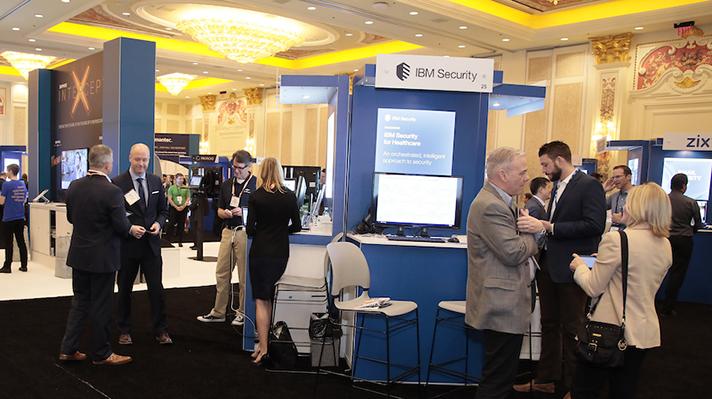Managing Third Party Vendor Risks in Healthcare
Fikile Sithole![]() Invalid date
3 minutes, 10 seconds
Invalid date
3 minutes, 10 seconds
1.7K views 0 Likes
Managing third party vendor risks is of utmost importance in the healthcare industry. With the increasing reliance on external vendors to provide various services, such as data storage and processing, healthcare organizations must take proactive steps to mitigate potential risks. One key aspect of managing these risks is through thorough intelligence gathering. This involves conducting comprehensive background checks on prospective vendors, assessing their financial stability, reputation and previous experiences with data breaches or regulatory violations. By gathering and analyzing this intelligence, healthcare organizations can make informed decisions about selecting vendors that meet their specific security requirements.
Comprehension plays a vital role in managing third party vendor risks in the healthcare industry. It requires a deep understanding of all contractual agreements and service level agreements (SLAs) between the organization and the vendor. Healthcare organizations should review these documents carefully to ensure that proper safeguards are in place to protect sensitive patient information. This may include requirements for encryption, data segregation, disaster recovery plans, and periodic security audits. Additionally, organizations must comprehensively comprehend the potential risks associated with sharing patient data with third parties, such as the risk of unauthorized access, data breaches, or regulatory non-compliance. By having a strong comprehension of these risks, healthcare organizations can develop effective risk management strategies and communicate expectations clearly to their vendors.
Continuous monitoring is another crucial aspect of managing third party vendor risks in the healthcare sector. It is not enough to thoroughly vet vendors and establish initial safeguards; organizations must maintain ongoing oversight throughout the vendor relationship. This involves regularly collecting and reviewing security incident reports, conducting periodic security audits, and staying up-to-date with industry best practices and regulatory changes. Continuous monitoring ensures that any potential risks or vulnerabilities are identified and addressed promptly. By establishing a robust monitoring system, healthcare organizations can maintain strong partnerships with their vendors while minimizing the likelihood of data breaches or regulatory non-compliance.
In conclusion, managing third party vendor risks in healthcare requires intelligence, comprehension, and continuous monitoring. Healthcare organizations must conduct thorough background checks on vendors, comprehend all contractual agreements and potential risks involved, and established ongoing monitoring systems. By adopting these measures, healthcare organizations can safeguard patient data and ensure the secure and efficient delivery of healthcare services.
Image:https://www.healthcareitnews.com/news/biggest-security-challenges-working-third-party-vendors-and-how-avoid-them

